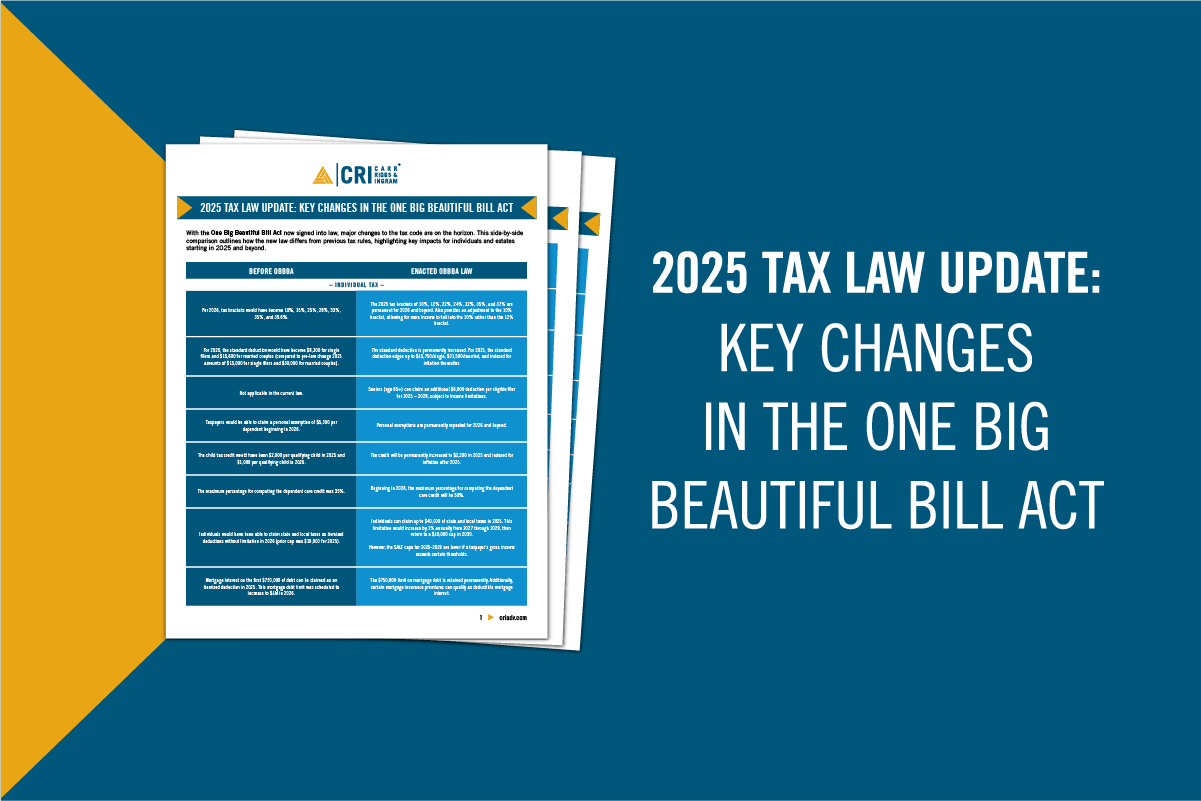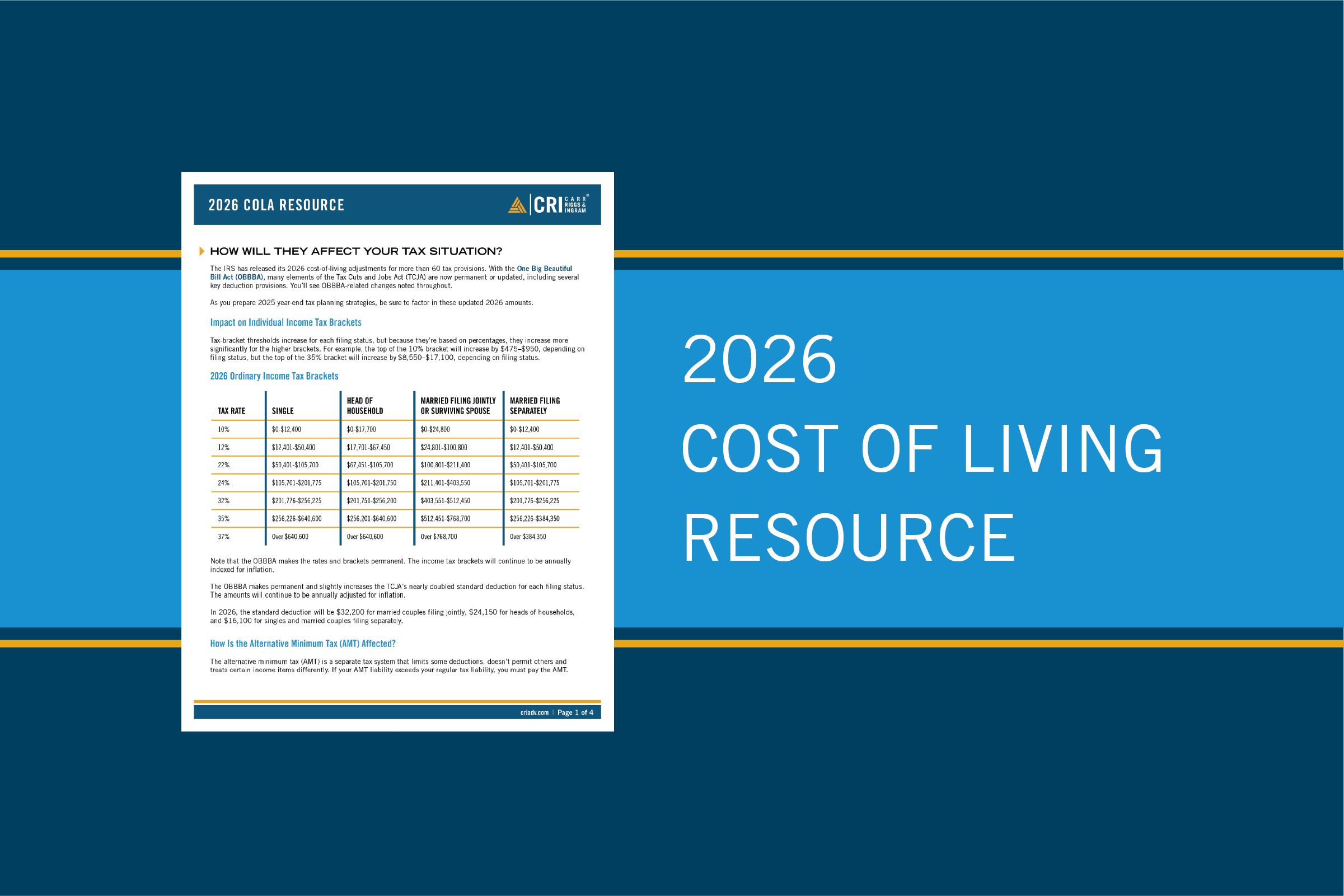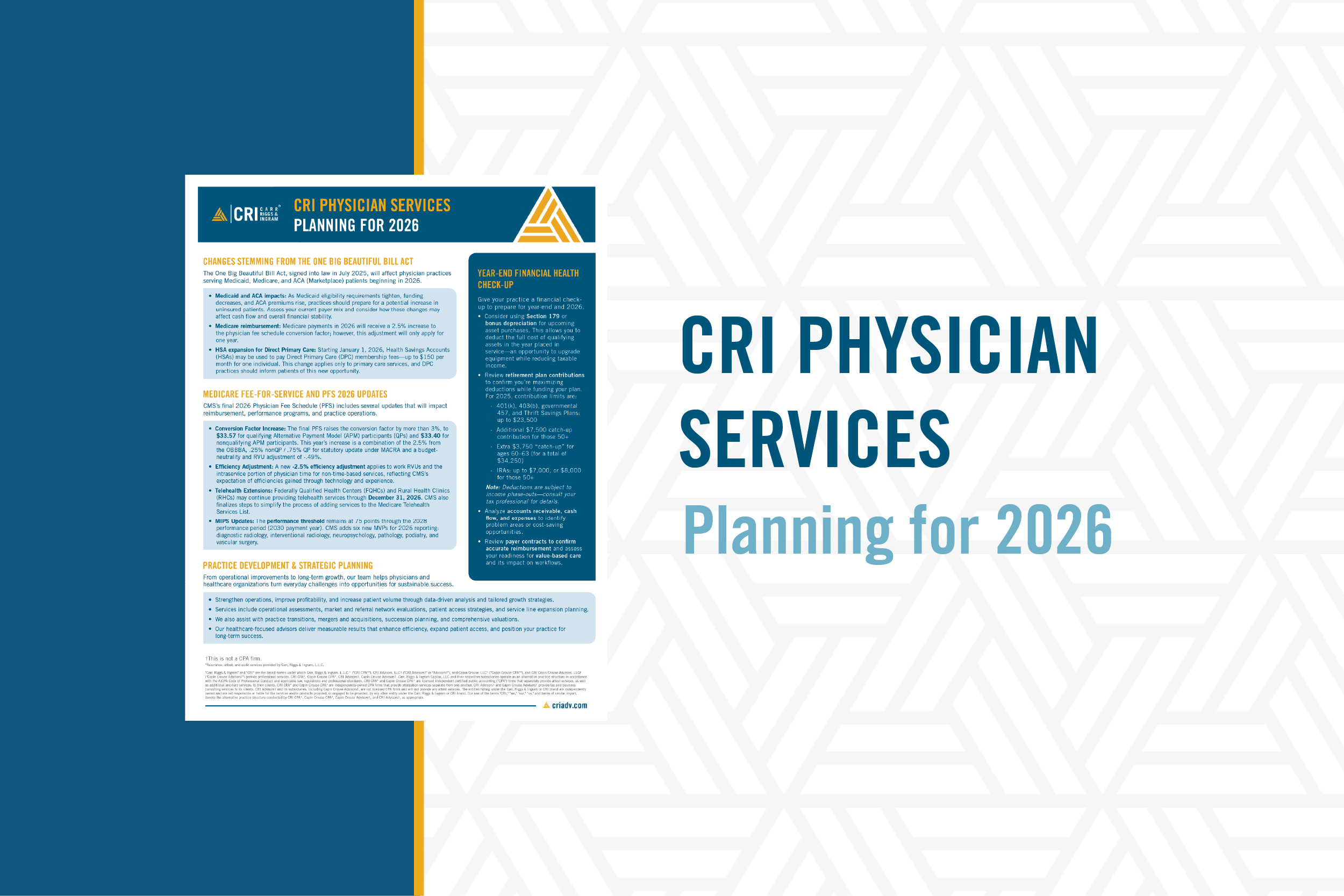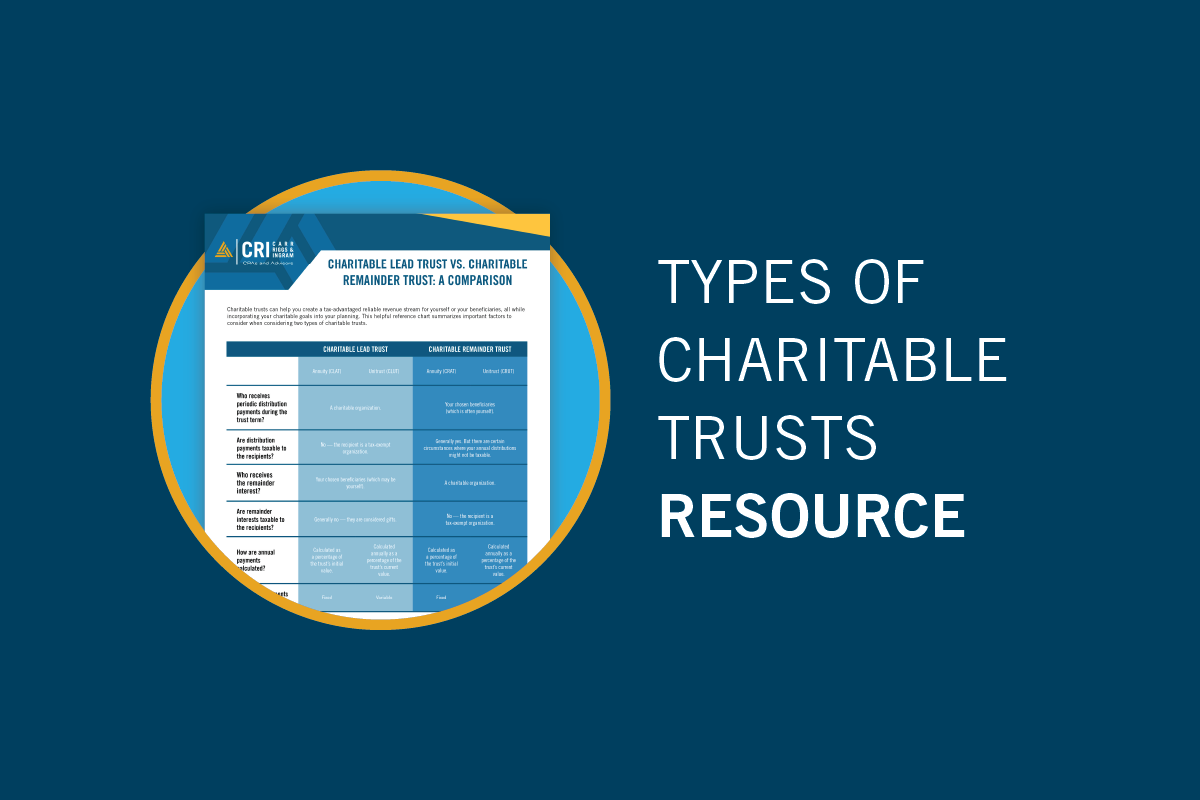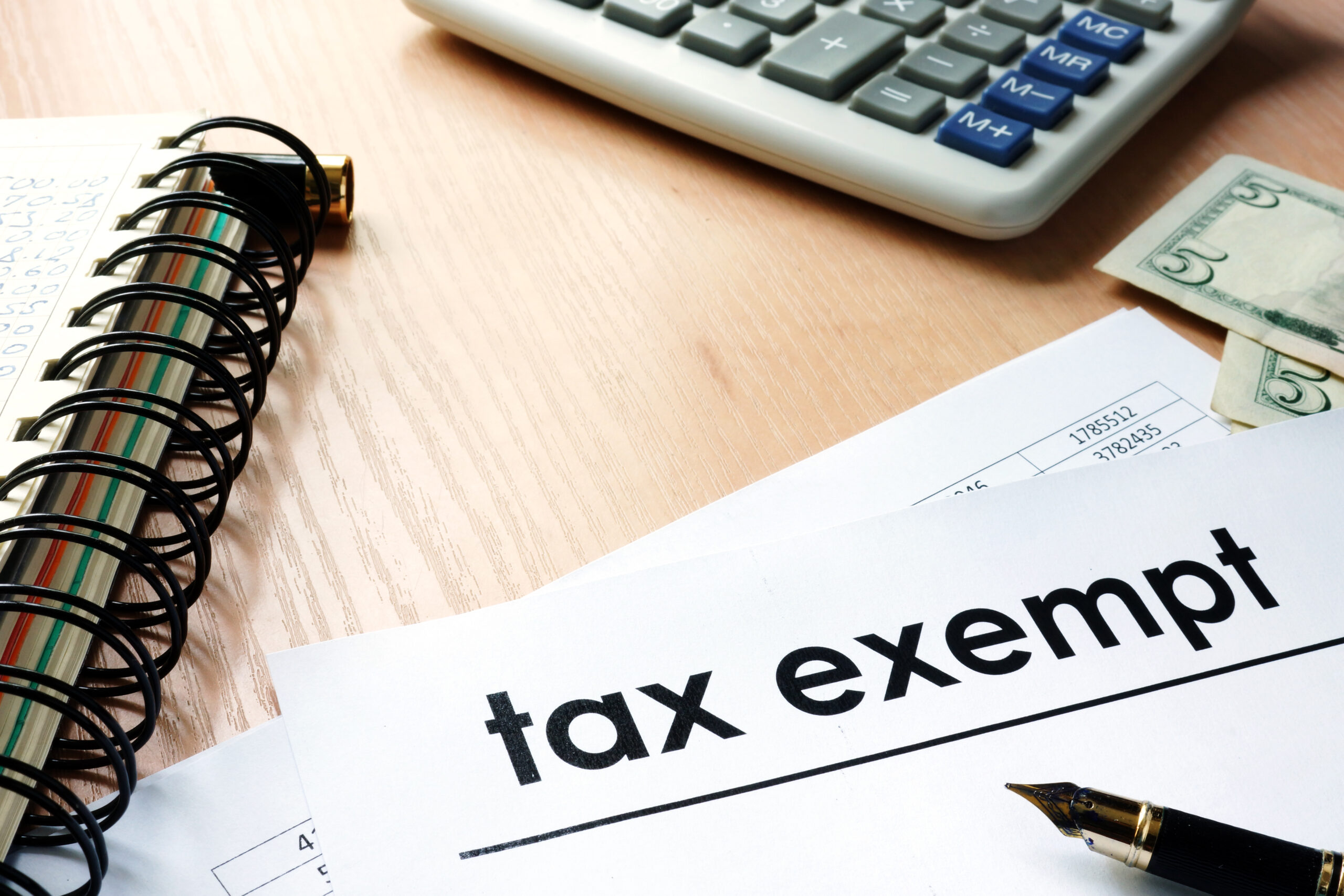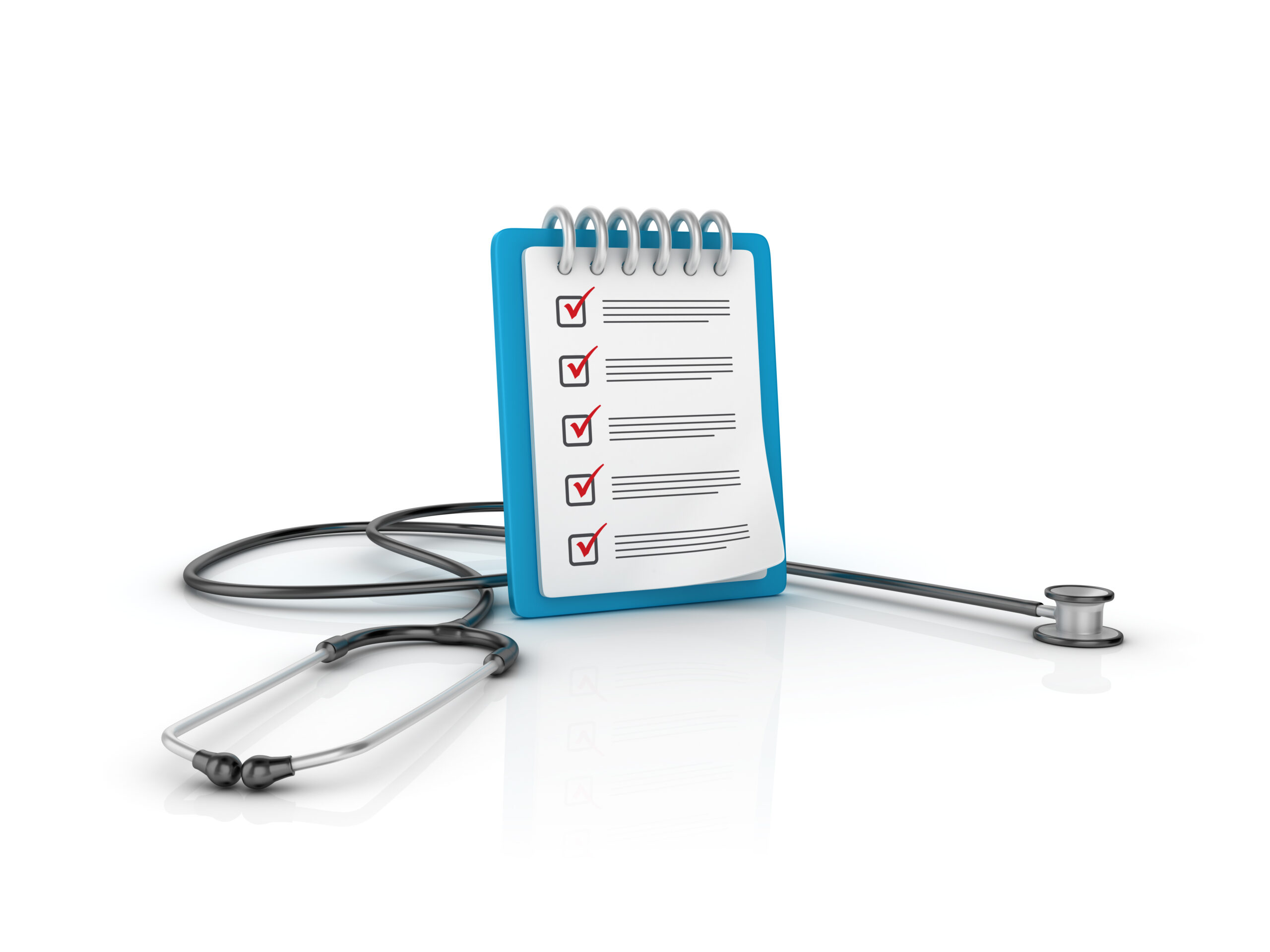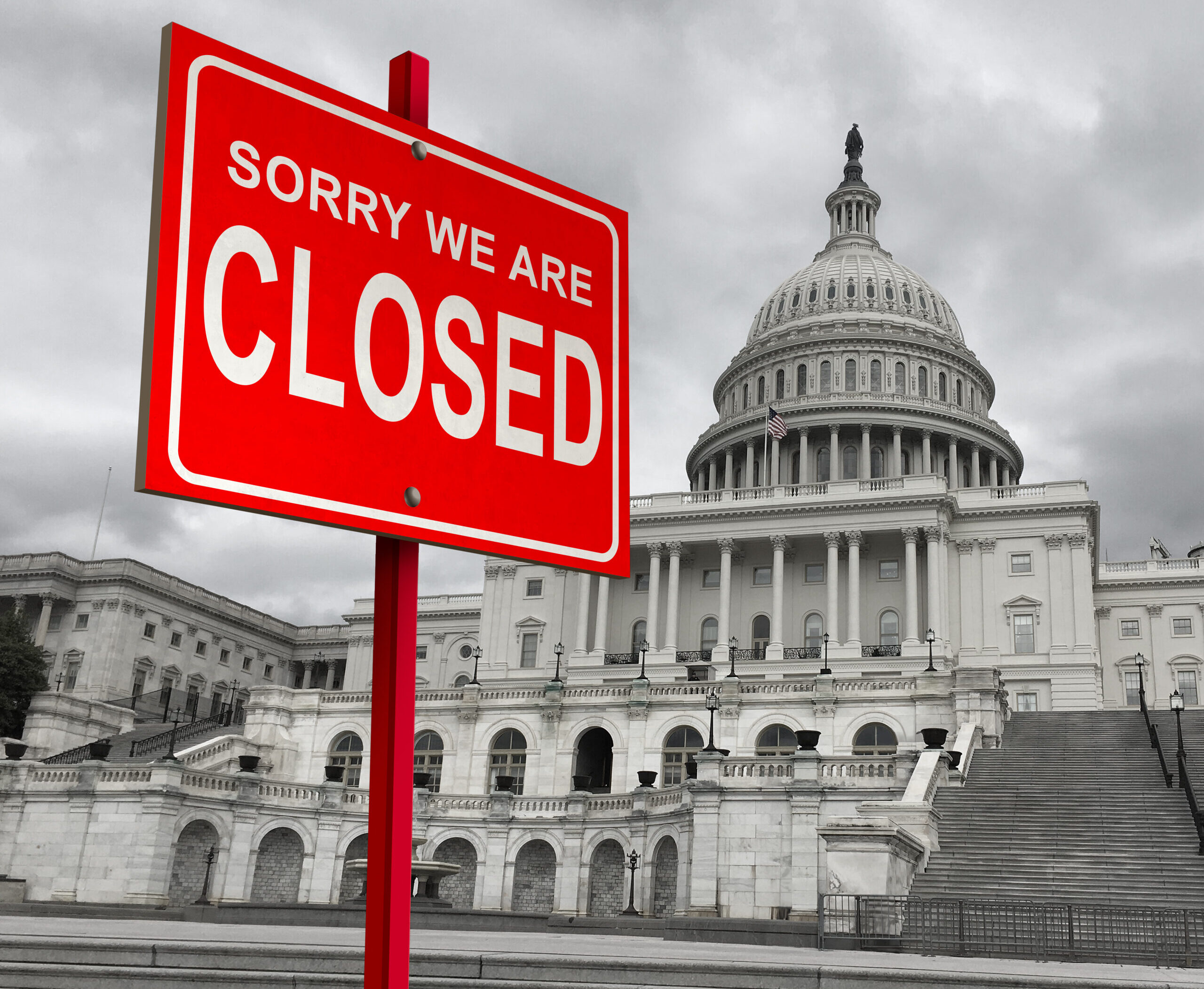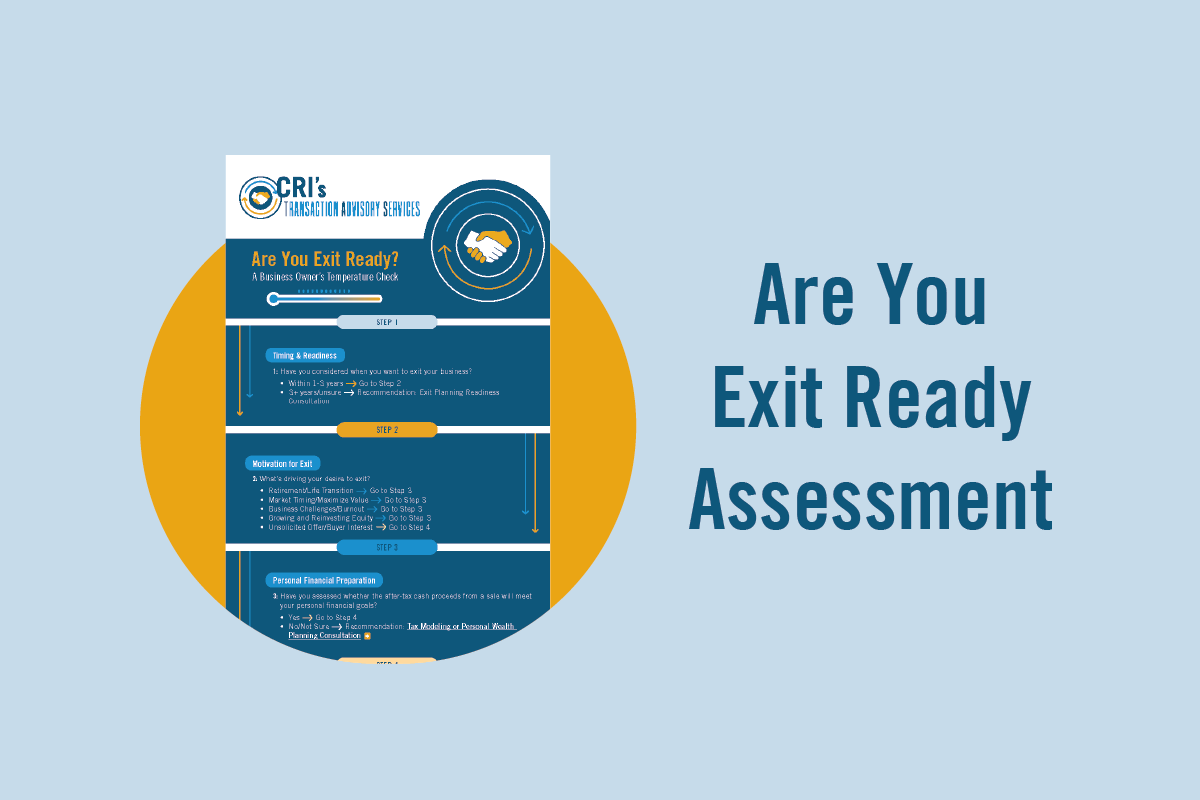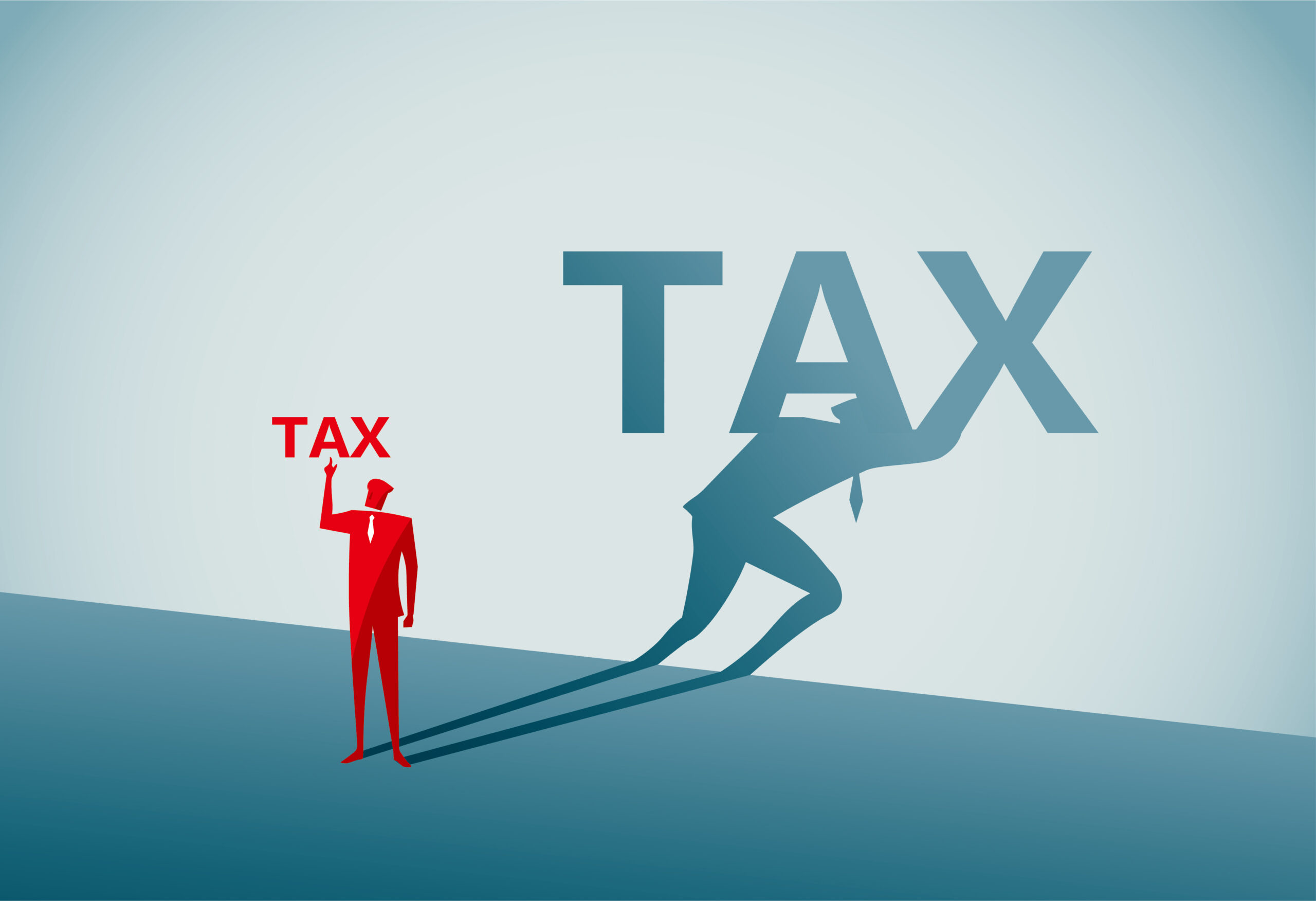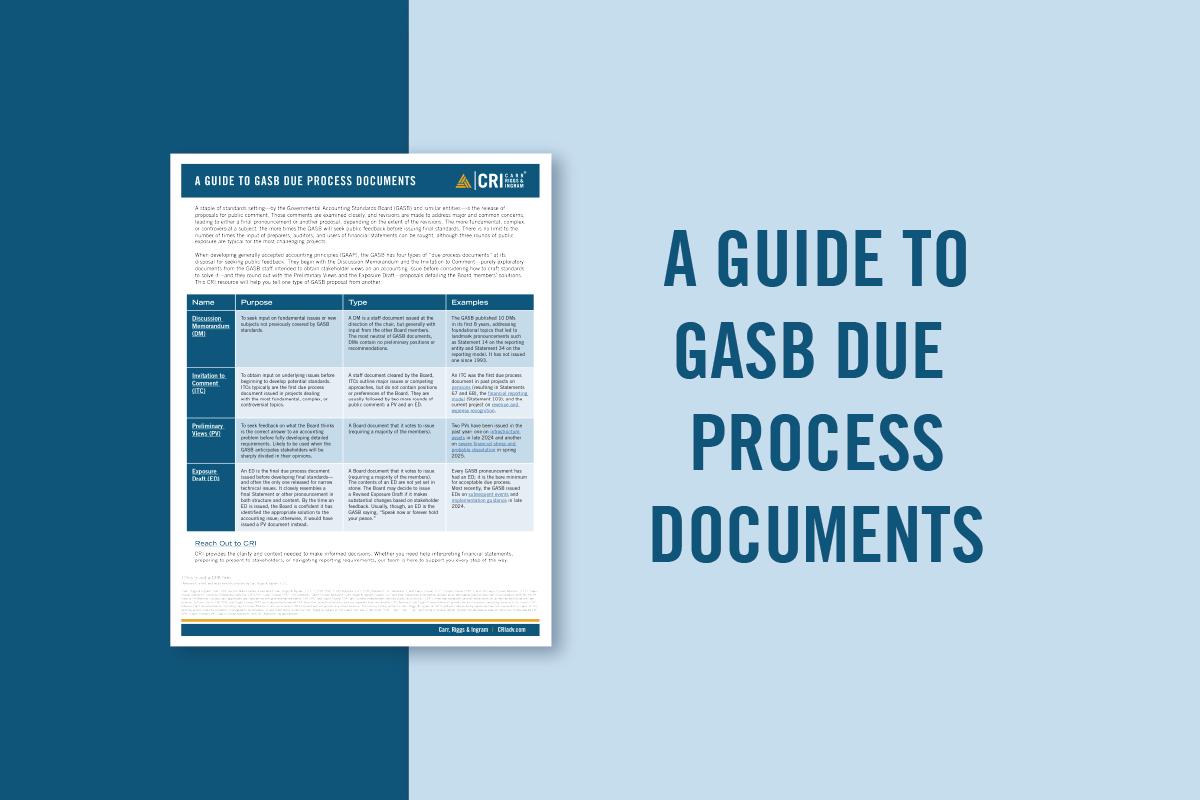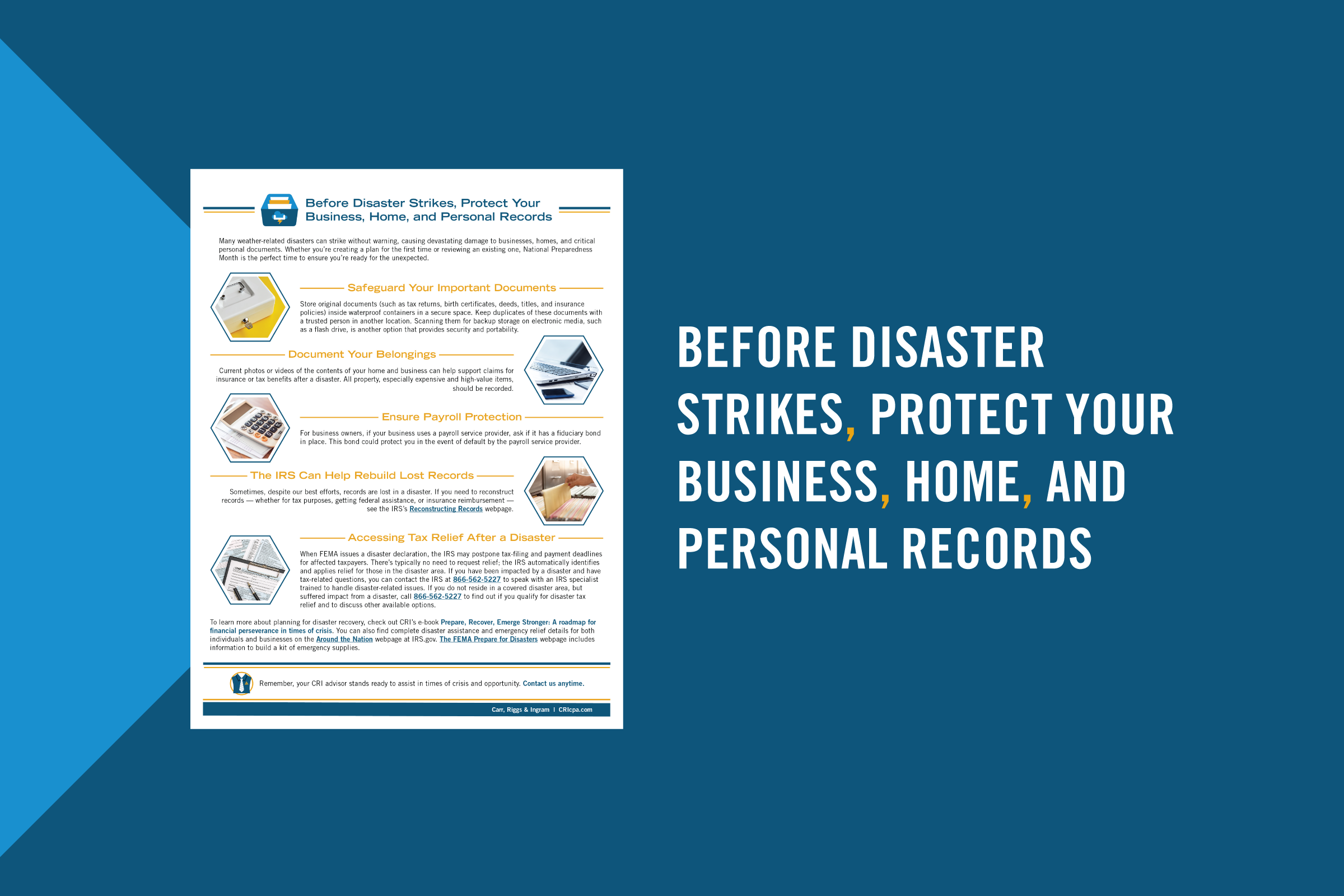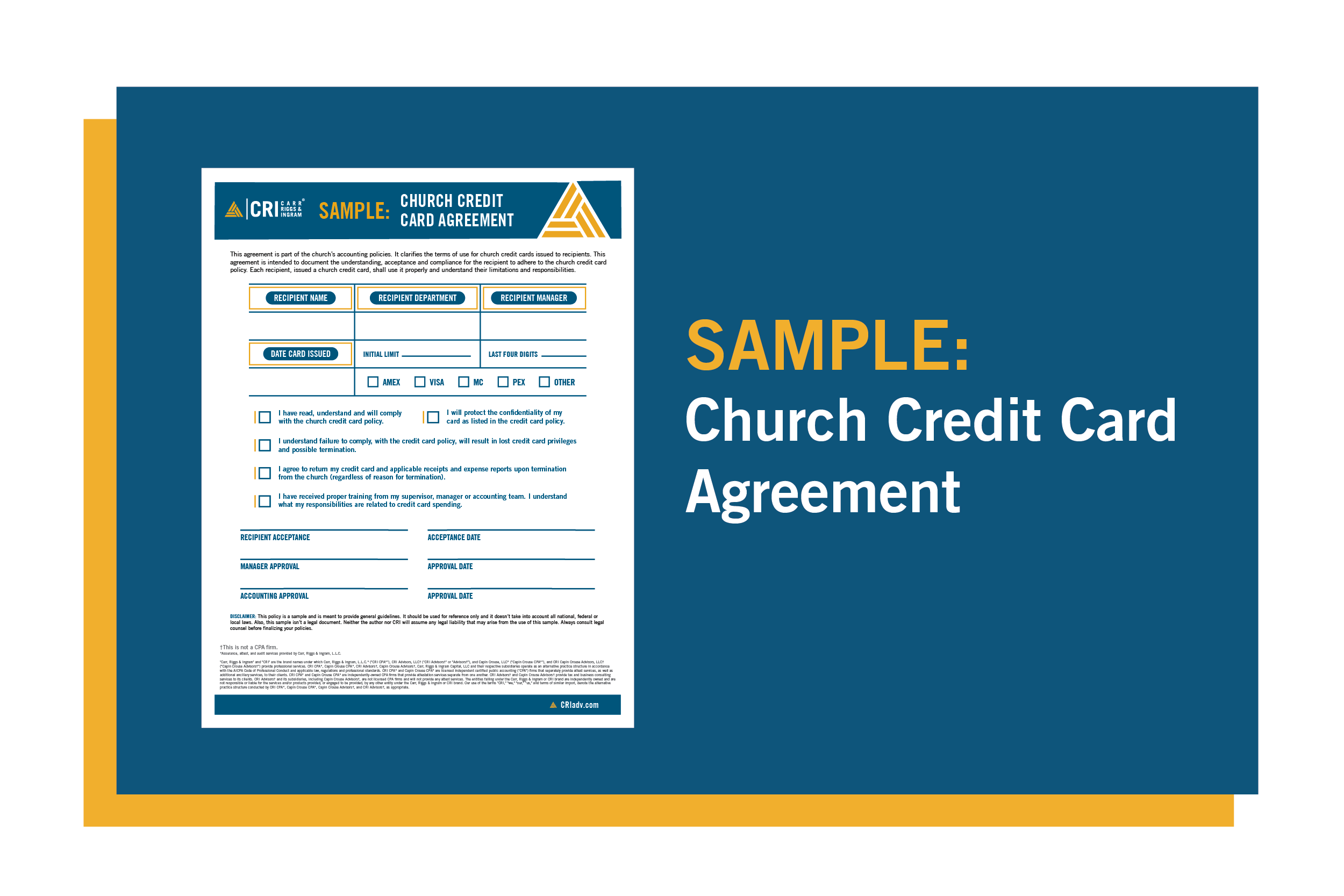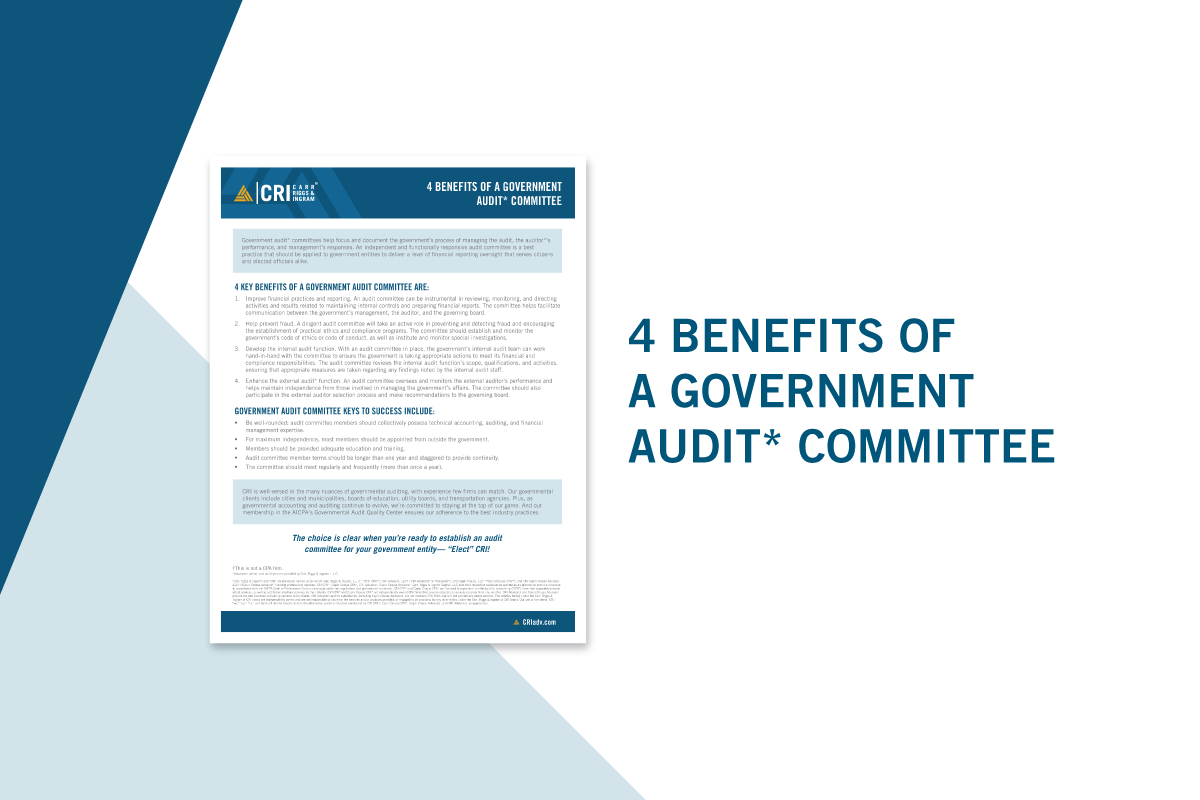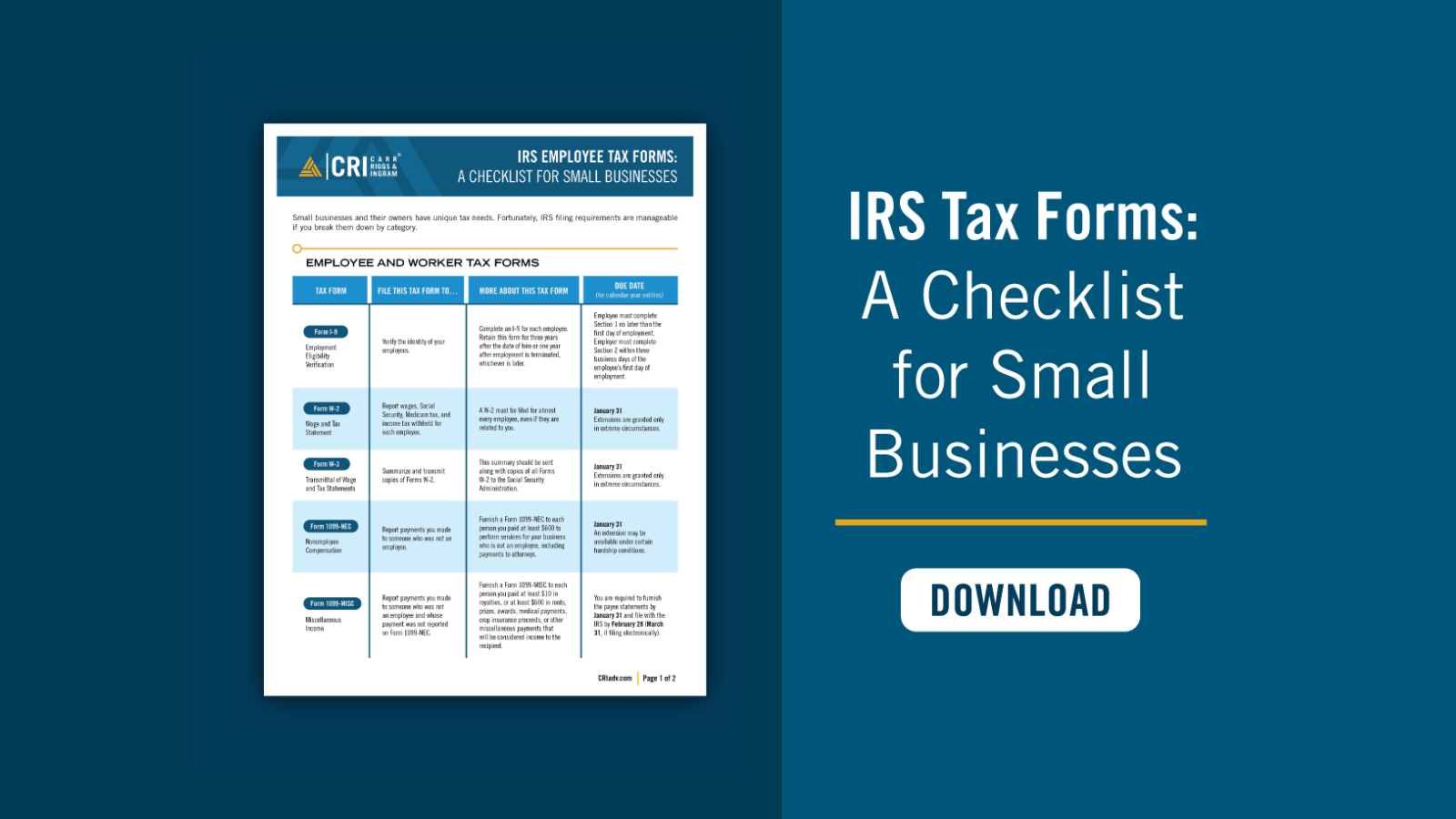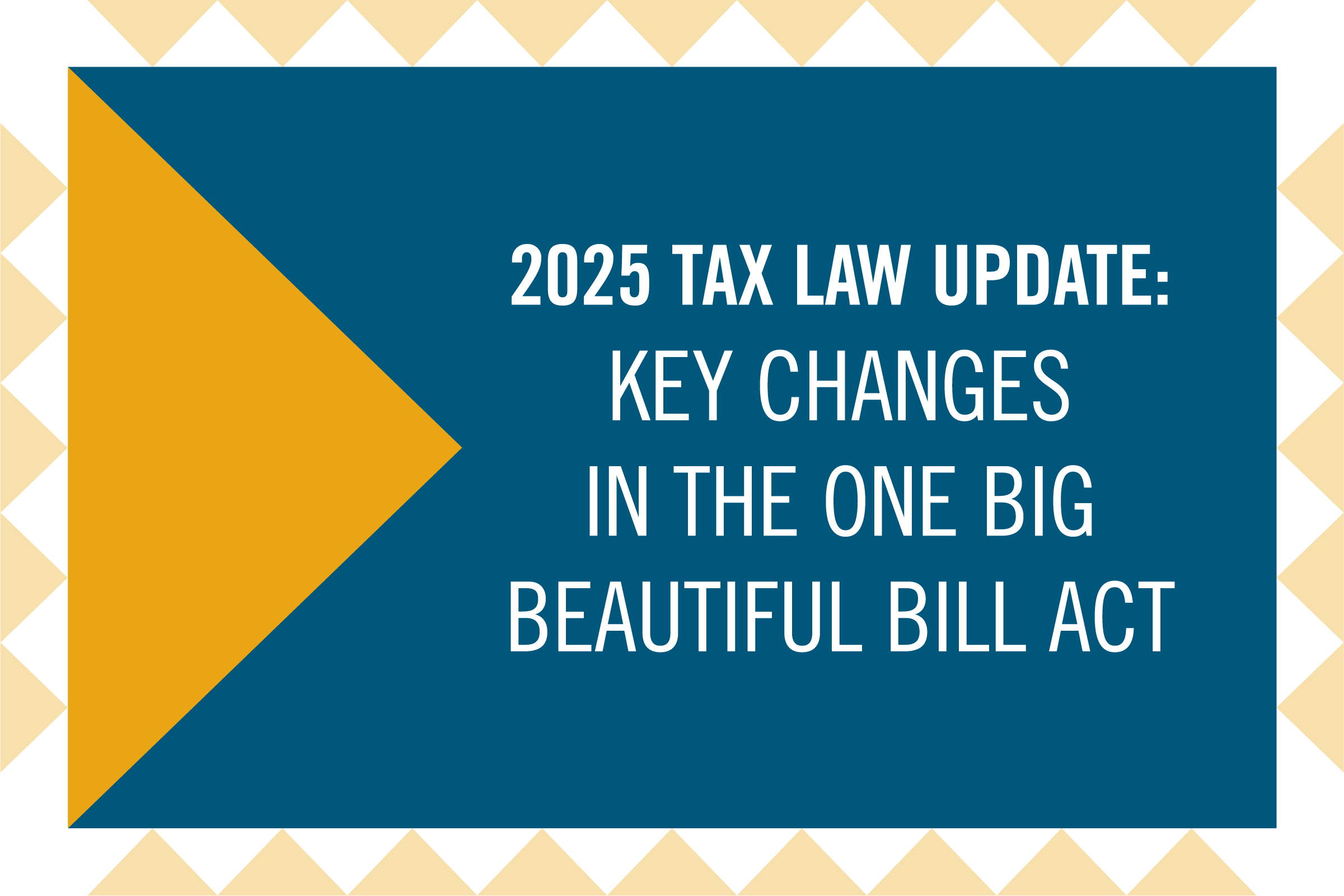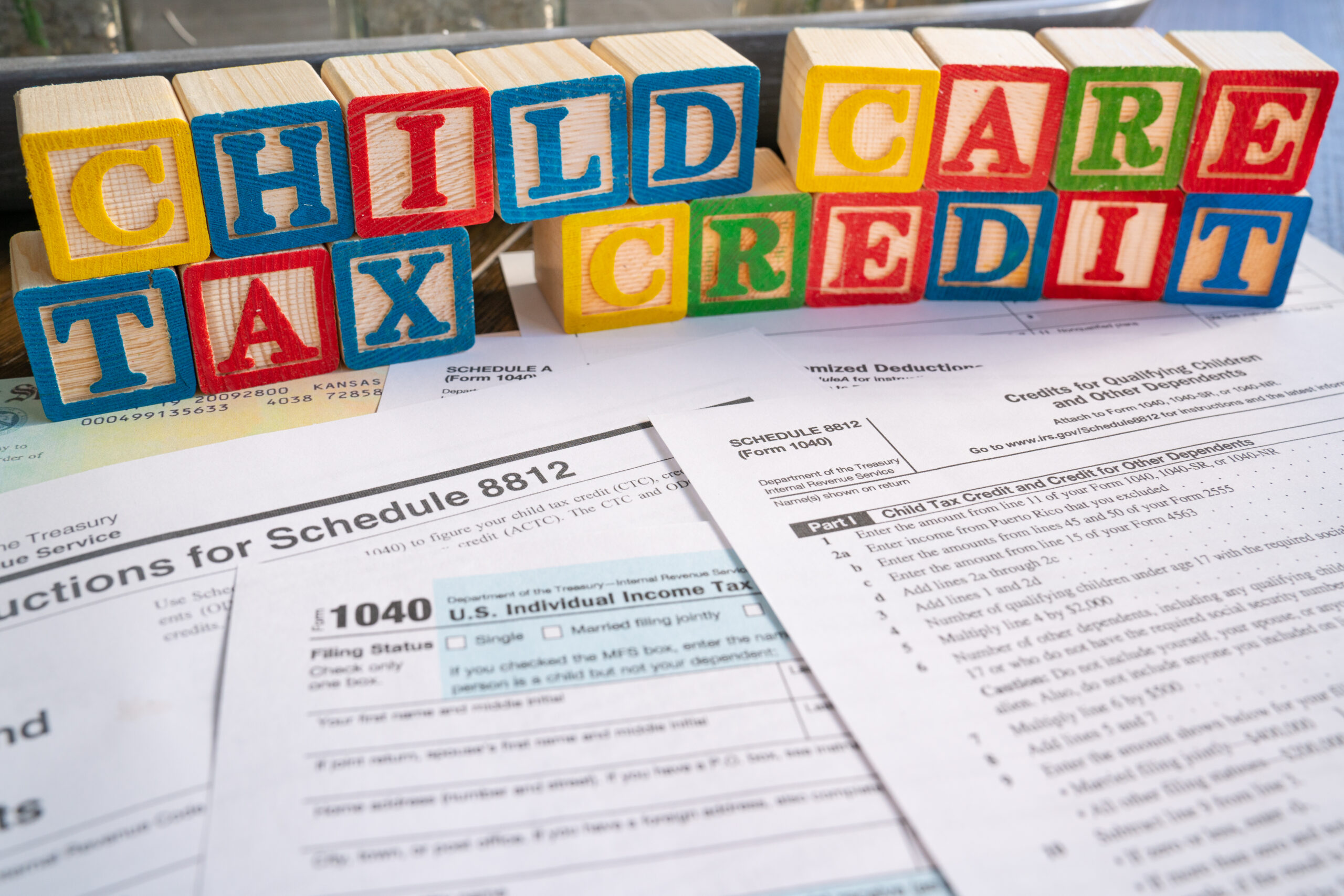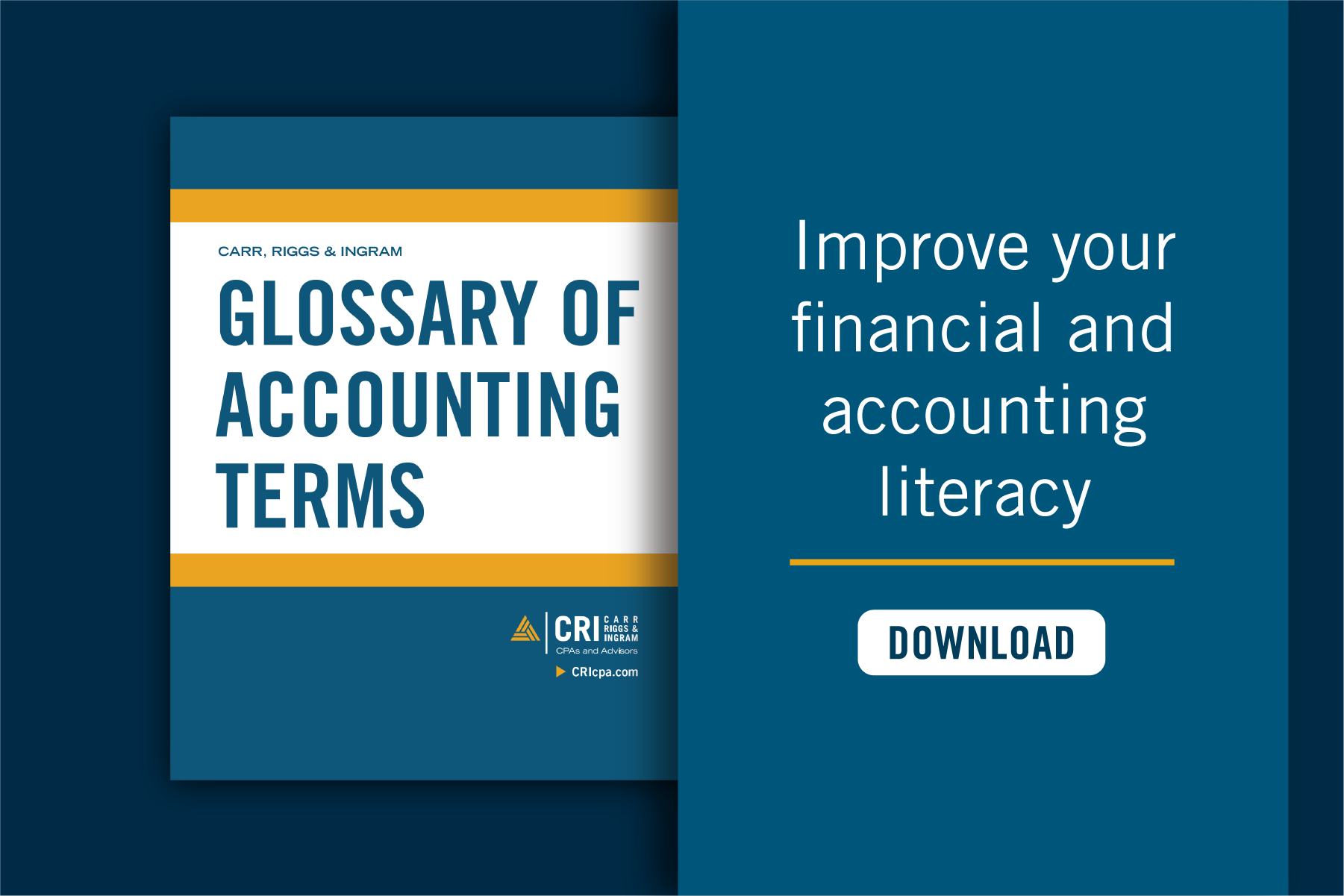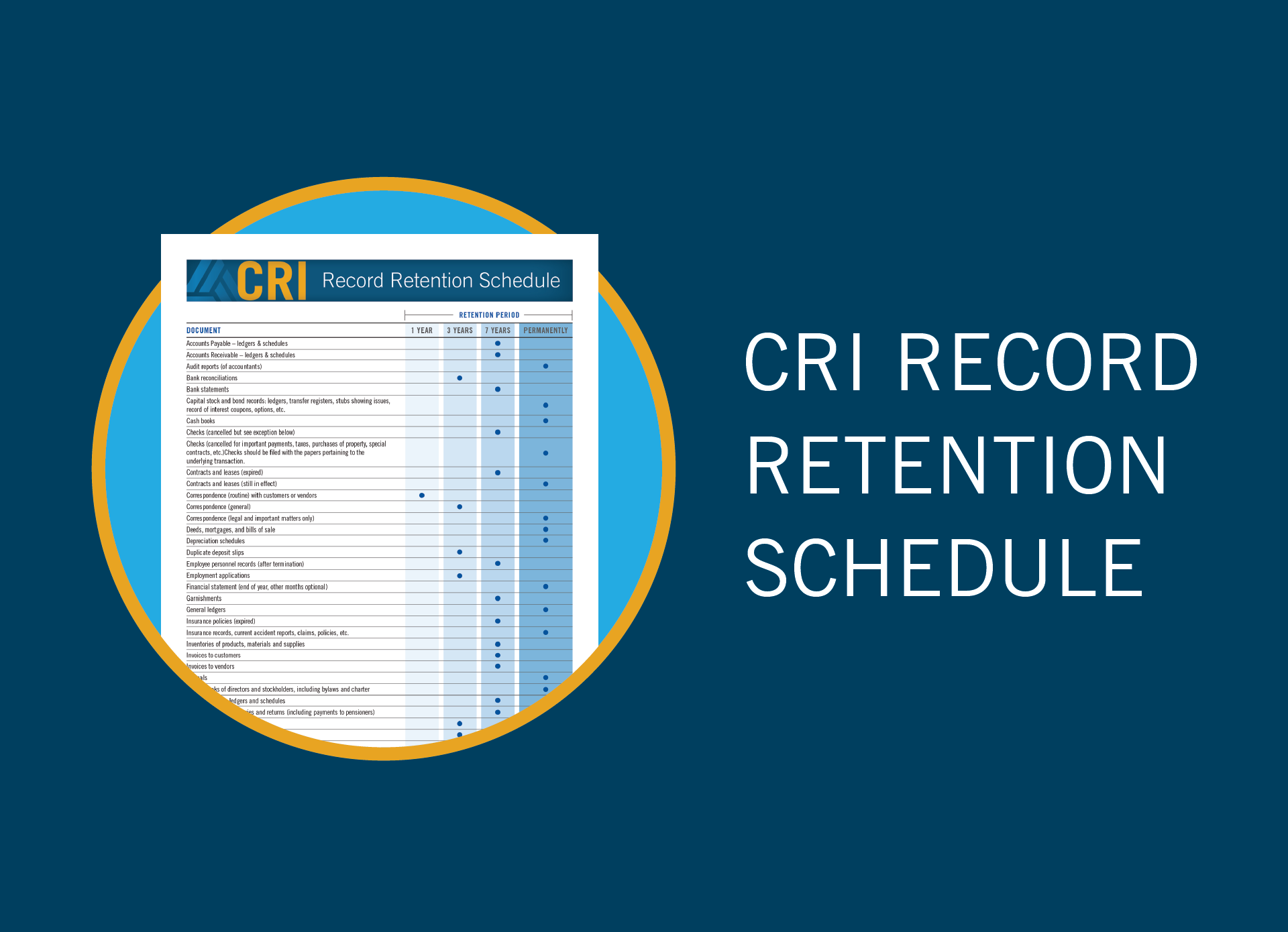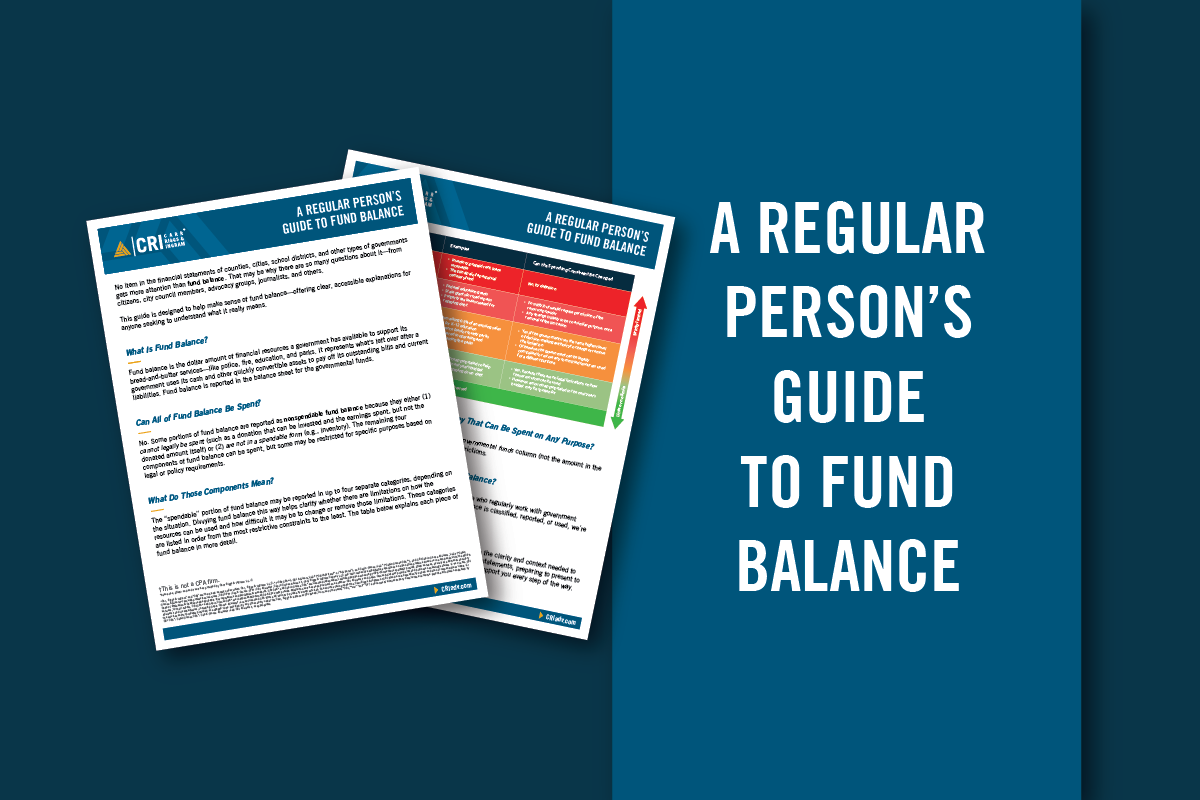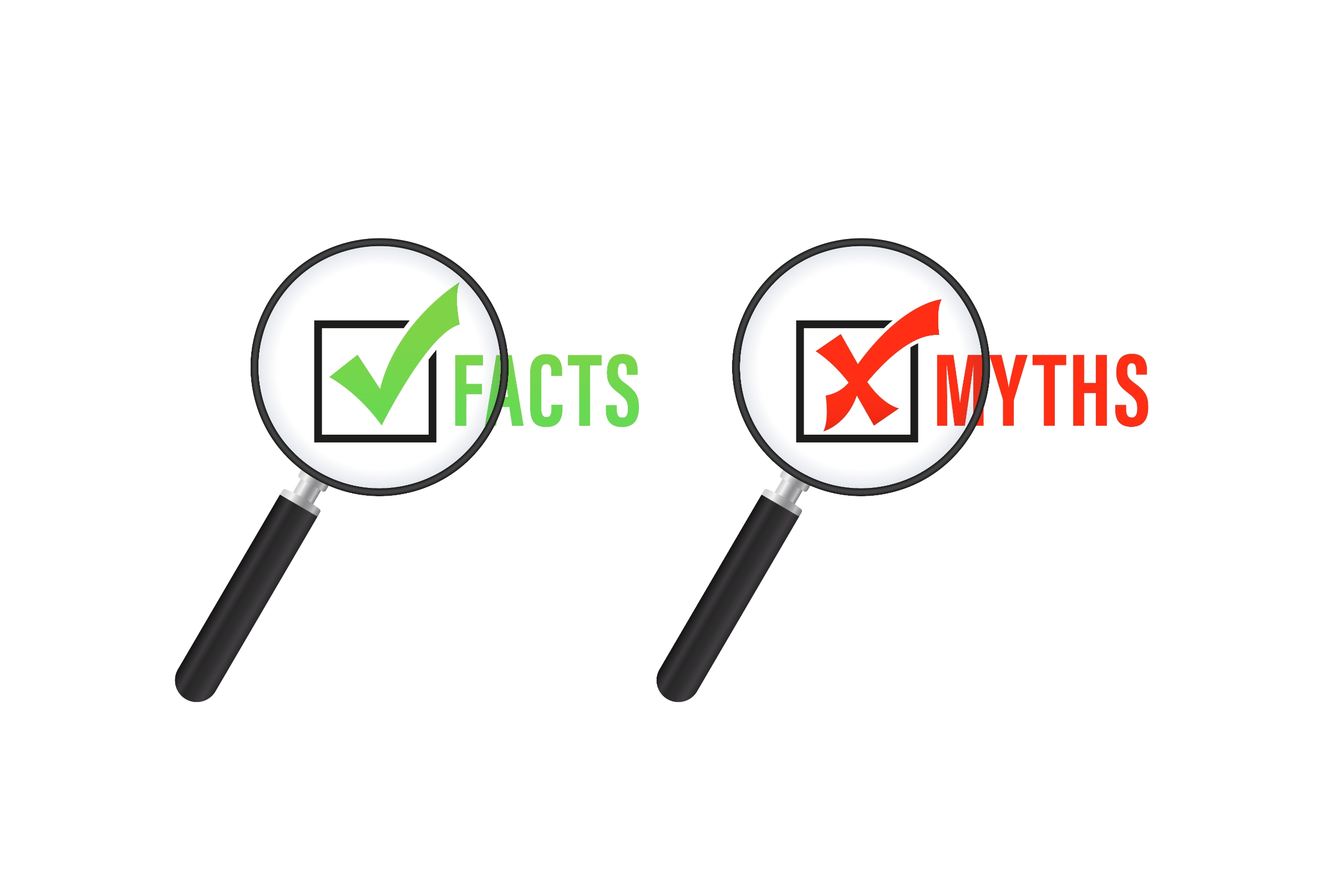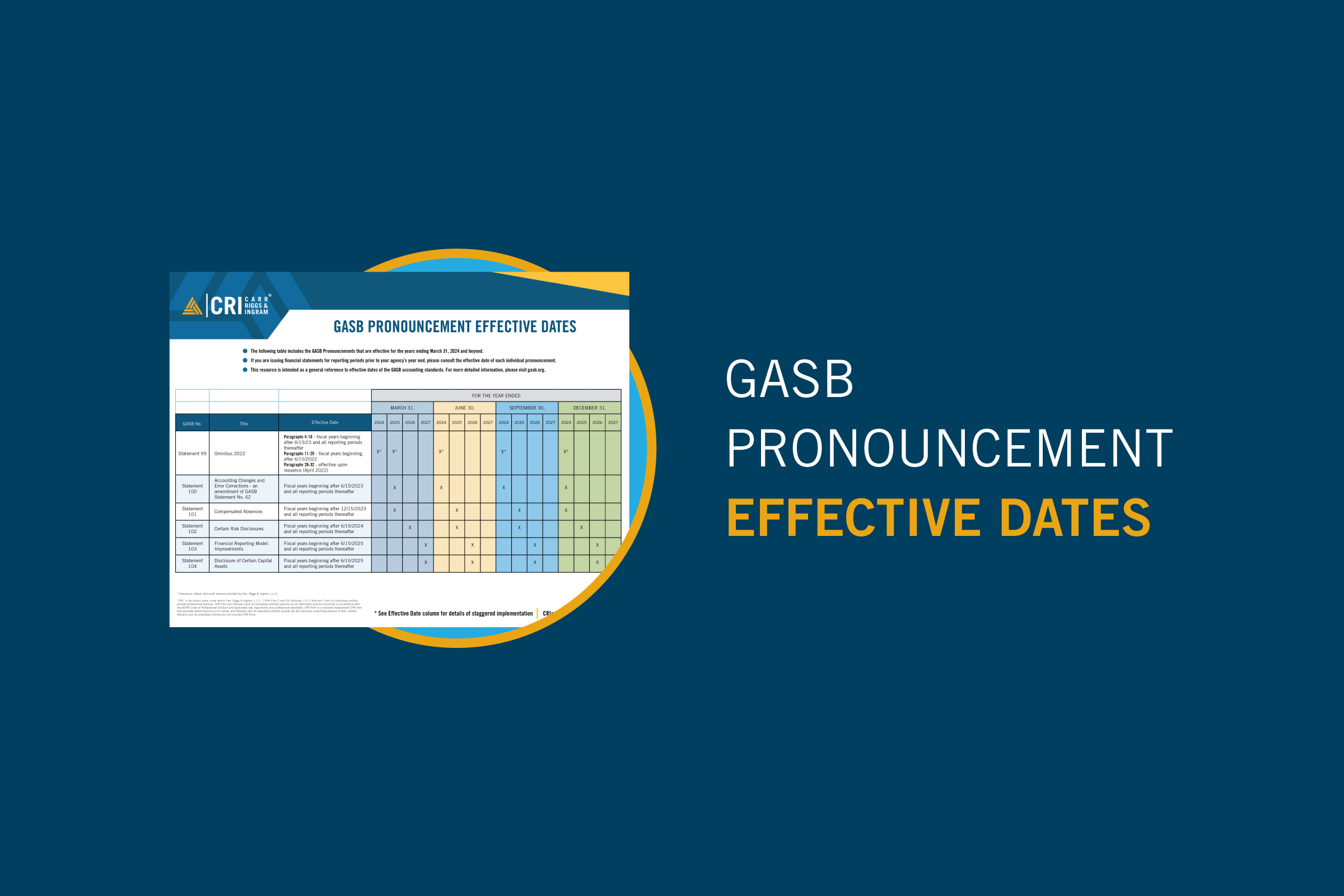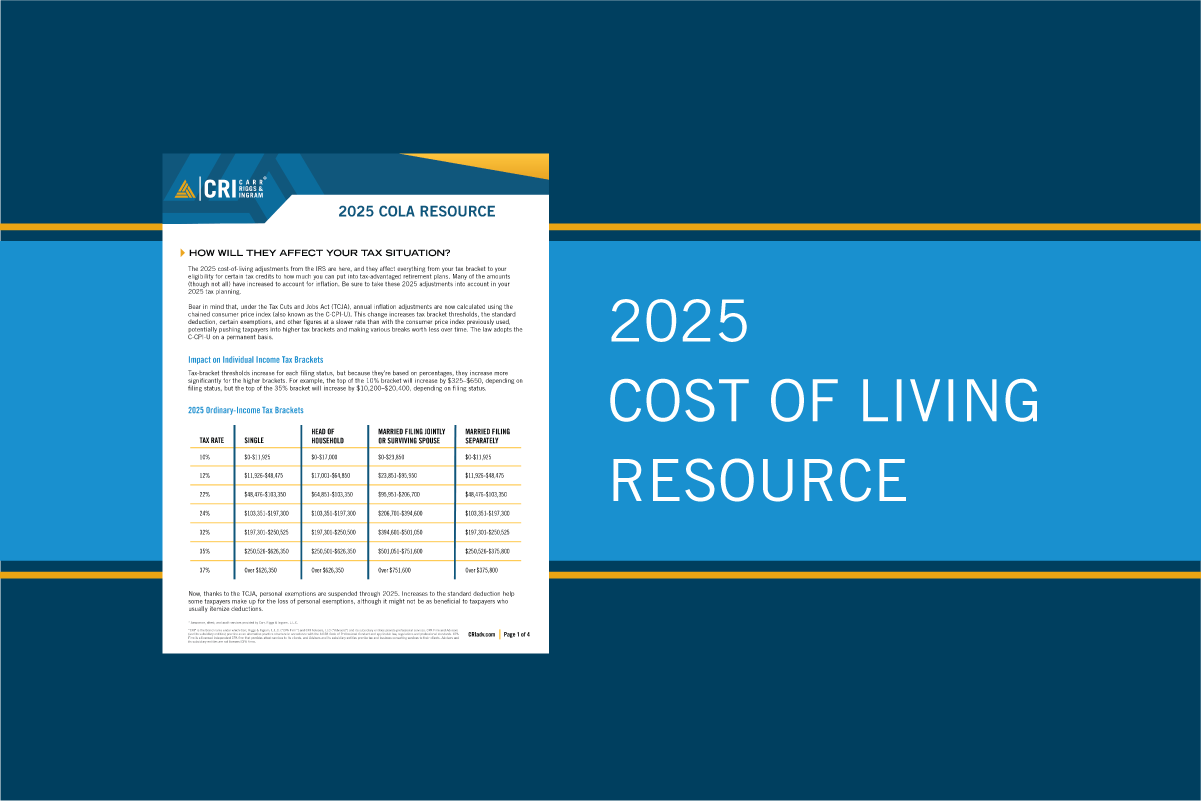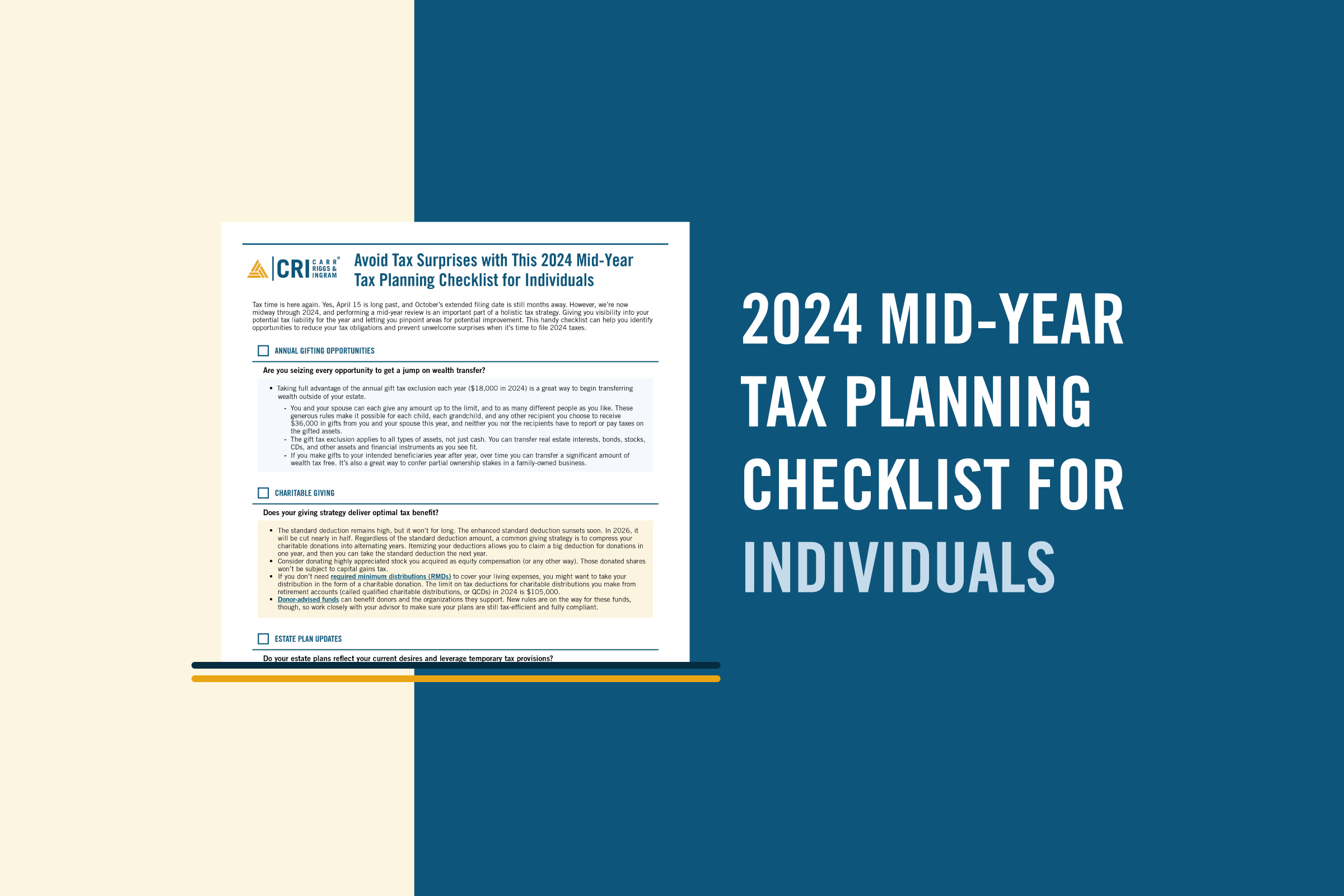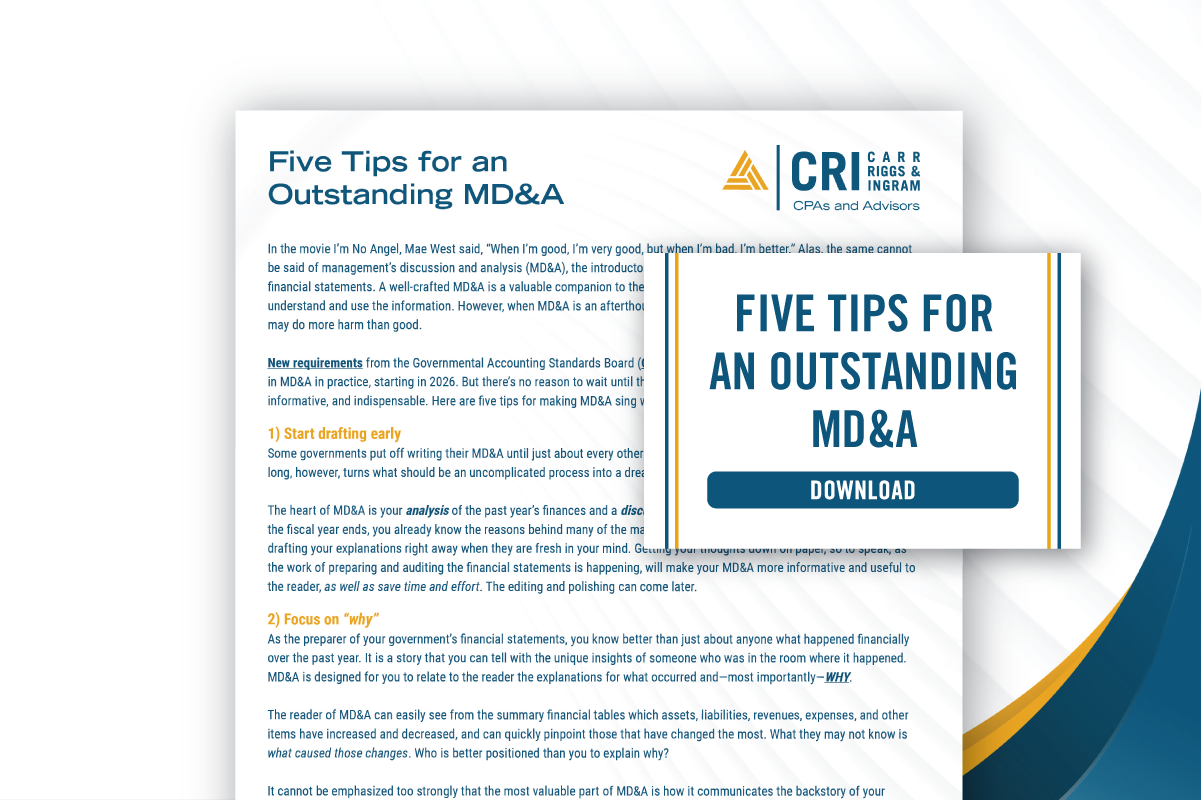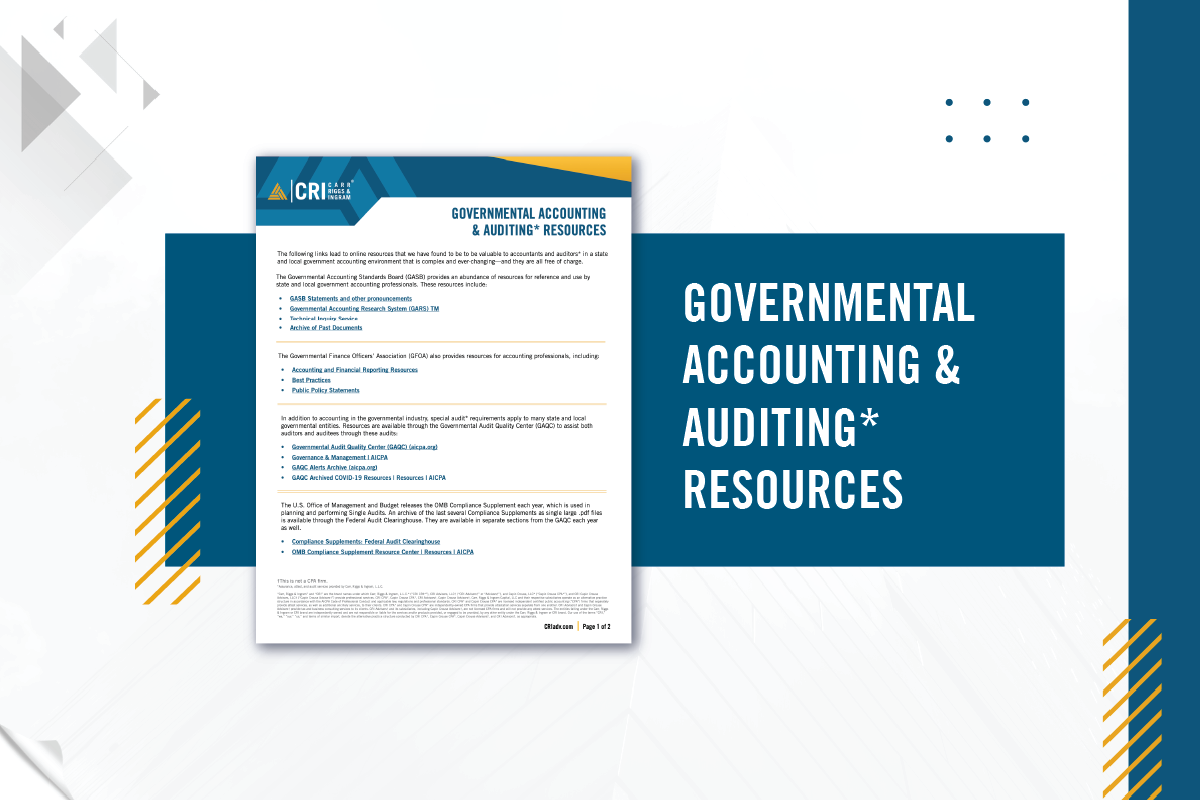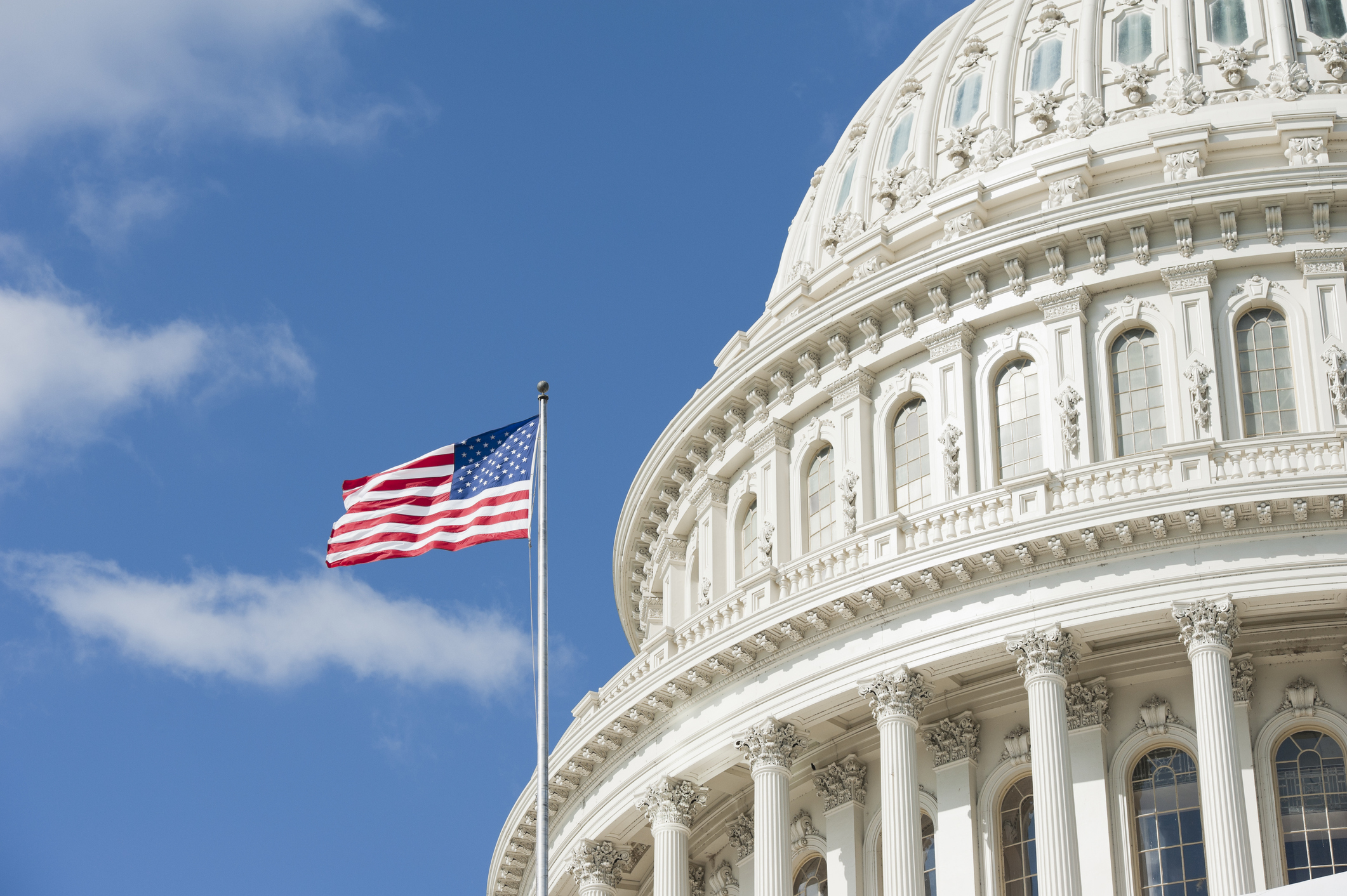At Long Last, GASB Approves Financial Reporting Model Improvements
- Contributor
- Dean Michael Mead
Apr 23, 2024
In April 2024, the Governmental Accounting Standards Board (GASB) approved long-awaited upgrades to Statement No. 34, Basic Financial Statements—and Management’s Discussion and Analysis—for State and Local Governments and related pronouncements that form the “financial reporting model.” The financial reporting model is essentially the blueprint for the contents of a state or local government’s annual audited* financial report. A decade in the making, Statement No. 103, Financial Reporting Model Improvements, addresses provisions in existing standards that stakeholders told the GASB could be enhanced to provide the public with more useful information and resolve problems encountered by governments and their auditors.
What Was Left Out of Statement 103?
It may seem odd to begin this way, but the biggest news about Statement 103 is that it does not change the basis of accounting, terminology, or presentation of governmental fund financial statements. The governmental funds’ provisions originally were the core of three proposals that the GASB issued for public review and comment—and the most far-reaching and hotly debated part—but were dropped from the statement before its final version was approved.
The GASB had hoped to develop standards for governmental funds that would provide more meaningful information and not suffer from the shortcomings of the existing reporting, which is based on current financial resources and modified accrual. However, after careful consideration, the GASB decided that the potential benefits of the guidance it was developing would not have sufficiently justified the expected cost to implement the standards.
What Parts of the Reporting Model Does Statement 103 Improve?
Statement 103 improves seven aspects of the financial reporting model, including:
- Management’s discussion and analysis (MD&A).
- Unusual or infrequent items.
- Definitions of operating and nonoperating.
- The presentation of the proprietary fund statement of revenues, expenses, and changes in fund net position.
- The statistical section.
- Major component units.
- Budgetary comparisons.
MD&A
MD&A is a narrative summary and explanation of the significant changes in the government’s finances from the prior year and appears before the financial statements. When well written, MD&A has proven highly valuable to financial statement users like municipal bond analysts, legislative staff, citizen and taxpayer groups, and academics. The GASB’s intent with this part of Statement 103 is to deal with issues that commonly undermine MD&A’s usefulness in practice. Specifically, the new standards:
- State that MD&A should be written for a reader who may not have a detailed knowledge of governmental accounting and financial reporting and may not be from the government’s geographical area.
- Emphasize that MD&A should assist the reader in understanding why finances changed from the prior year, not just present the amount of the change.
- Encourage governments to avoid repeating explanations in multiple sections of MD&A to make it more readable.
- Clarify that the discussion of significant long-term financing activity during the year should encompass not just debt, but also leases, subscription-based information technology arrangements, and all other forms of long-term borrowing.
- Provide examples of the types of information that should be discussed in MD&A’s concluding section on currently known facts, decisions, or conditions.
- Remove the discussion of budgetary information to accompany the separate budgetary comparison schedules.
- Remove the discussion of infrastructure reported using the “modified approach” to accompany the related supplementary schedules.
Unusual or Infrequent Items
Existing standards require governments to single out revenues and expenses (or expenditures) that result from extraordinary items—transactions or events that are both unusual in nature and infrequent in occurrence—or special items—transactions or events that are either unusual or infrequent and are within the control of the government’s management. That information is valuable because it highlights revenues and costs that are not common for a government from year to year and, consequently, may inflate the amounts reported and make year-to-year comparisons difficult. In practice, however, some governments had problems identifying those items properly.
In response, Statement 103 combines them into a single category—unusual or infrequent items—that are unusual, infrequent, or both. They will be shown as the last row(s) in the financial statements before the total change in net position or fund balance. Governments also will disclose in notes which programs, functions, or activities those items relate to (i.e., where they would have been reported if they weren’t unusual or infrequent) and whether they were within the control of management.
Operating and Nonoperating
The financial statements for proprietary funds and governments that charge a fee for service (like public universities, hospitals, and utilities) distinguish operating revenues and expenses from nonoperating revenues and expenses. Governments have had difficulty determining which is which, in part because the existing standards were not explicit enough.
Statement 103 says that operating revenues and expenses are those that do not meet the definition of nonoperating revenues and expenses. Nonoperating is defined to include:
- Subsidies received and provided,
- Contributions to permanent and term endowments,
- Revenues and expenses related to financing,
- Resources from the disposal of capital assets and inventory, and
- Investment income and expenses.
Subsidies are:
- Resources received from another party or fund (1) for which the proprietary fund/government does not provide goods and services to the other party or fund and (2) that directly or indirectly keep current or future fees and charges lower than they would be otherwise.
- Resources provided to another party or fund (1) for which the other party or fund does not provide goods and services to the proprietary fund/government and (2) that are recoverable through the proprietary fund/government’s current or future pricing policies.
- All other transfers.
Financial Statement Presentation
Statement 103 makes some changes to the arrangement of information in the statement of revenues, expenses, and changes in fund net position that is presented for fiduciary funds and by public colleges, hospitals, utilities, and other business-like enterprises. Following the sections containing operating revenues and expenses, the financial statement will include a new section for noncapital subsidies (i.e., subsidies not related to the construction, financing, or selling of capital assets). A new row will appear after that section, operating income (loss) and noncapital subsidies, equal to total operating revenues minus total operating revenues plus total noncapital subsidies (which may be a positive or negative amount). That new row will be more directly comparable to the operating income (loss) reported in the financial statements of not-for-profit and private universities, hospitals, utilities, and so on.
Statistical Section
For governments such as public universities and hospitals that are engaged in only business-type activities (or business-type and fiduciary activities), Statement 103 requires that their statistical section schedule of changes in net position should report the same categories of revenues and expenses that are required for the statement of revenues, expenses, and changes in fund net position.
Major Component Units
Component units are legally separate entities for which a government is financially accountable or needs to be included in a government’s financial statements to avoid being misleading. Statement 103 provides two options to governments for reporting individual information about their component units:
- On the face of the government’s financial statements, or
- In combining financial statements that follow the other financial statements.
Statement 103 eliminates a third option to disclose condensed financial statements in the notes because the GASB concluded that information about major component units is so important that it needs to be in financial statements, and disclosure in notes is not sufficient.
Budgetary Comparisons
Statement 103 requires governments with legally adopted budgets to provide information that compares their original budget revenues and expenditures with (1) the final budget amounts and (2) the actual amounts for the year as required supplementary information (RSI) schedule following the notes. Existing standards allow the comparison to appear as a financial statement, but the GASB concluded that budgetary comparison information does not rise to the level of financial statement information. Statement 103 also requires that the schedule include columns that show the variances (differences) between (1) the original and final budget amounts and (2) the final budget and actual amounts.
When Do Governments Have to Comply with Statement 103?
Statement 103 must be implemented for fiscal years ending June 30, 2026, and later. In other words, fiscal year 2026 for governments with fiscal years that end in June through December and fiscal year 2027 for governments with fiscal years that end in January through May.
Need Help Understanding GASB Statements?
Everyone can benefit from expert insight into the objectives of the new GASB requirements. If you need help understanding these changes and how they can impact your operations, contact CRI for assistance. We are eager to assist you with any questions and help you navigate these new standards efficiently.


